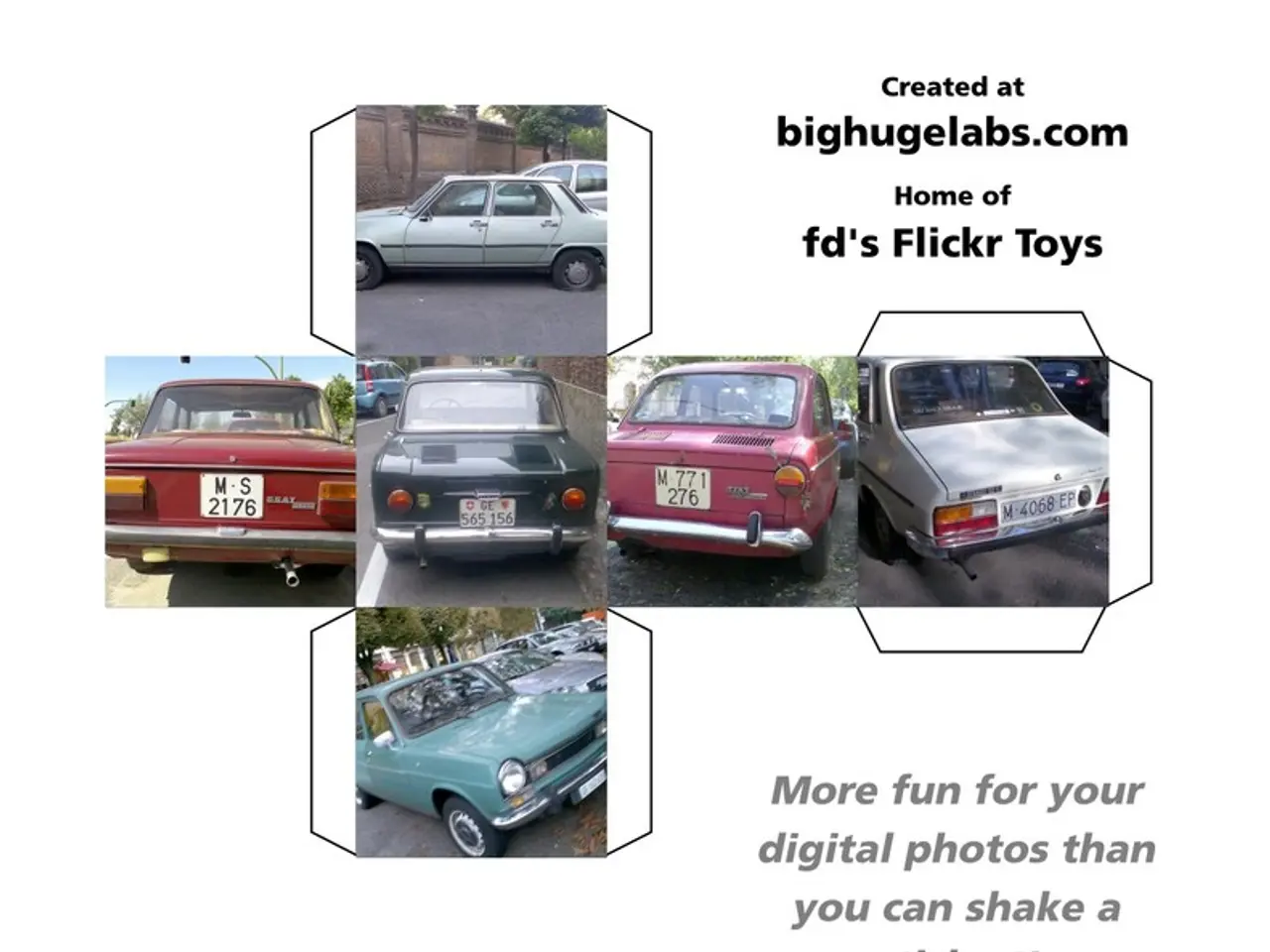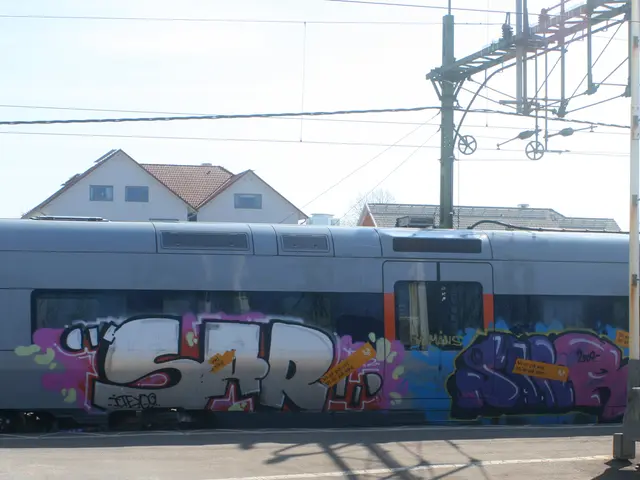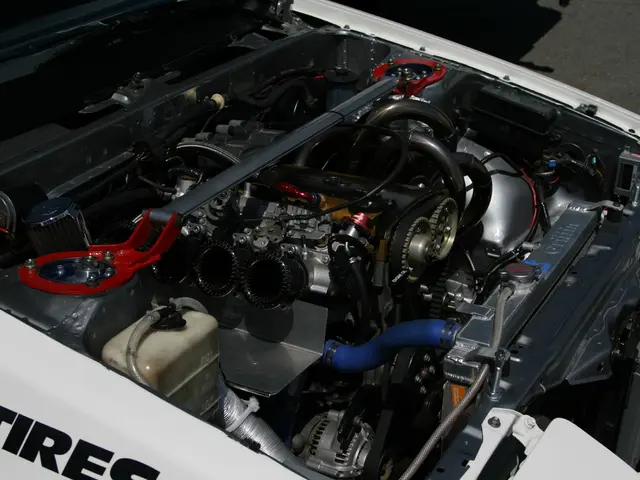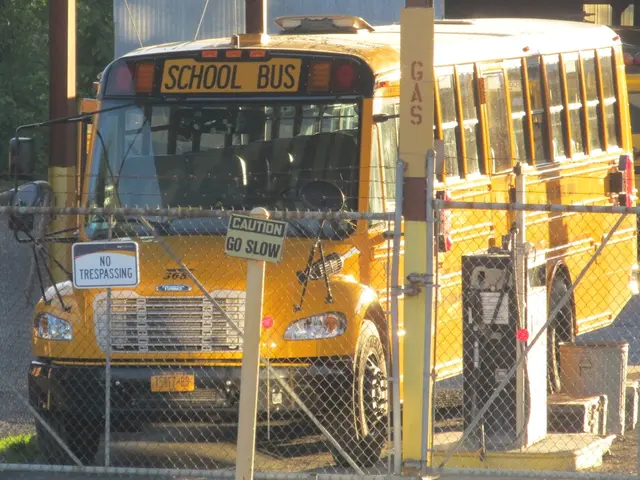Experiencing the quiet, seamless journey of a self-driving taxi: An insider perspective
In the bustling city of San Francisco, passengers have been hailing the services of Waymo's autonomous vehicles since mid-2024. The ride in a Waymo robotaxi is generally described as safe, seamless, and technologically transparent, yet somewhat cautiously assertive.
Safety and smoothness are the cornerstones of the Waymo experience. The vehicle uses LiDAR and cameras to detect and interpret its environment effectively, providing clear real-time feedback through a small interior screen showing detected objects and its surroundings. Although occasional minor mistakes occur, the overall confidence in the autonomous system remains high.
The driving style of Waymo is careful and patient, sometimes moving slowly, and it patiently waits during passenger boarding, which can cause traffic behind it. However, in busy traffic, it can be boldly assertive to make required maneuvers, such as squeezing through gaps to complete turns.
The cabin experience is minimalist, with a small screen showing the vehicle’s detection of pedestrians, bicyclists, and other traffic around the vehicle, helping build trust in the system. Upon stepping into a Waymo vehicle, passengers can expect to see the wheel turn along with the car's movements, and the vehicle will play "spa" music.
Compared to Tesla's Robotaxi, Waymo's robotaxis stand out visually due to their prominent LiDAR sensor rigs. Waymo’s ride focuses on precision and patience while Tesla’s offers a more human-like driving experience and slightly faster maneuvers.
Riding in a Waymo robotaxi is experienced as reliable and safe, with technological transparency, but with a driving style that prioritizes caution and exact pick-up/drop-off points, which can sometimes feel slower or less fluid than other services. The total cost for multiple rides in Waymo's vehicles amounted to nearly $50.
Passengers can rely on remote customer support if something unexpected happens during the ride. Hailing a driverless car is a complex choice involving tradeoffs, and some riders may prefer traveling alone in a Waymo vehicle without the pressure to make conversation.
Waymo's autonomous vehicles are carefully designed to navigate city streets, even when human drivers may be oblivious to pedestrians. The company promises an escape from dangerous driving, as their vehicles are programmed to obey traffic safety rules and laws.
However, instances of Waymo's autonomous vehicles making mistakes, such as driving into concrete, circling airports, and steering into oncoming traffic, have raised concerns. To address safety concerns, a new Lyft feature matches women and nonbinary drivers and riders for added assurance.
In a 17-minute ride costing $20.02, a passenger was unable to proceed with their ride due to two men demanding her phone number. Despite such incidents, many women and trans people, like regular Waymo rider Jeffrey Tumlin, prefer Waymo for safety reasons.
As Waymo expands its services to Los Angeles, Phoenix, Atlanta, and Austin later this year, the debate over the benefits and drawbacks of driverless cars continues. Some express concern that an autonomous future may eliminate everyday opportunities to connect with other humans, while others welcome the prospect of safer, more reliable transportation.








